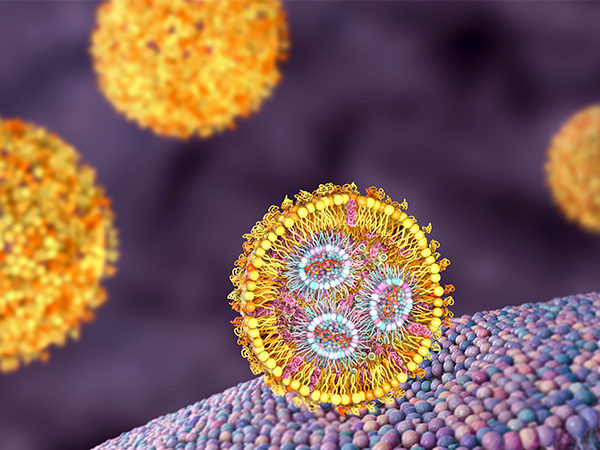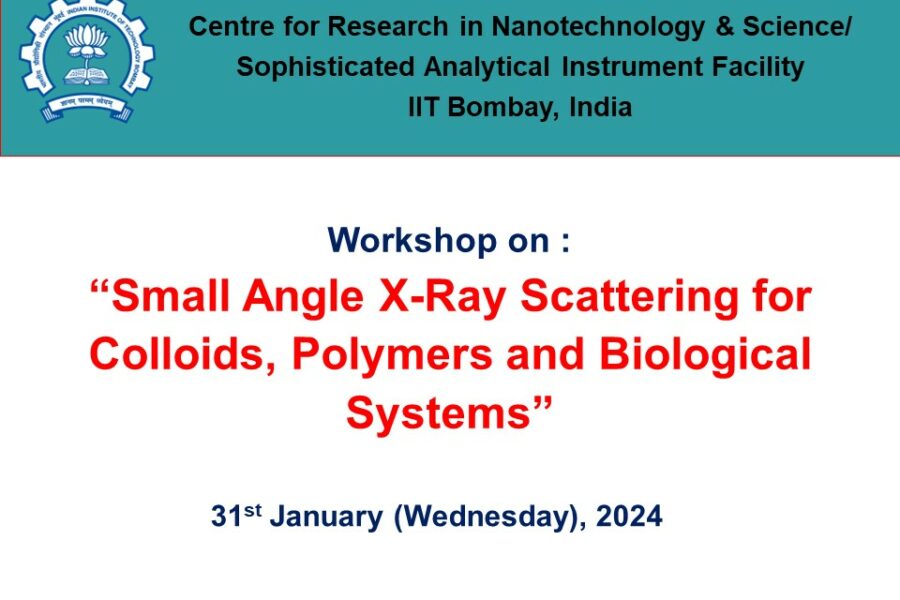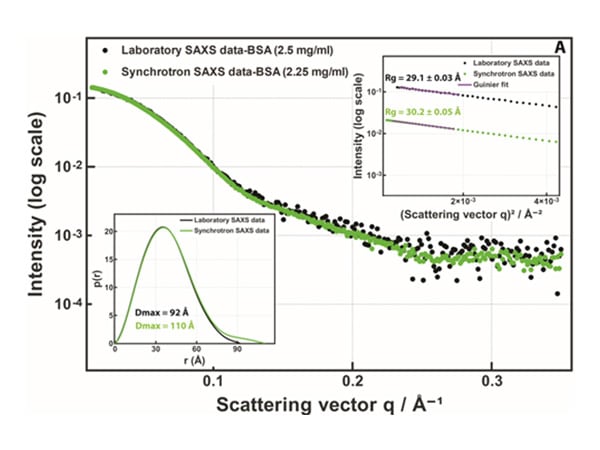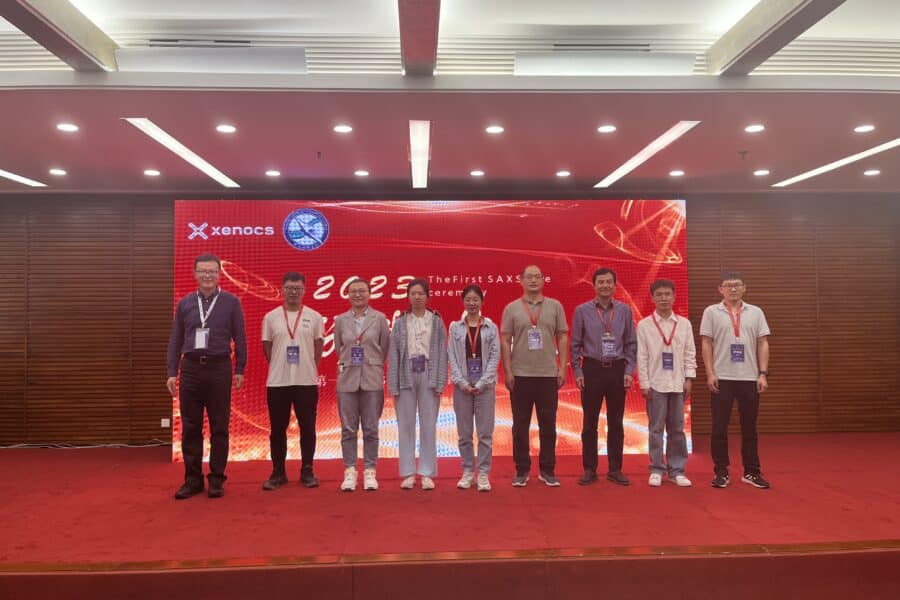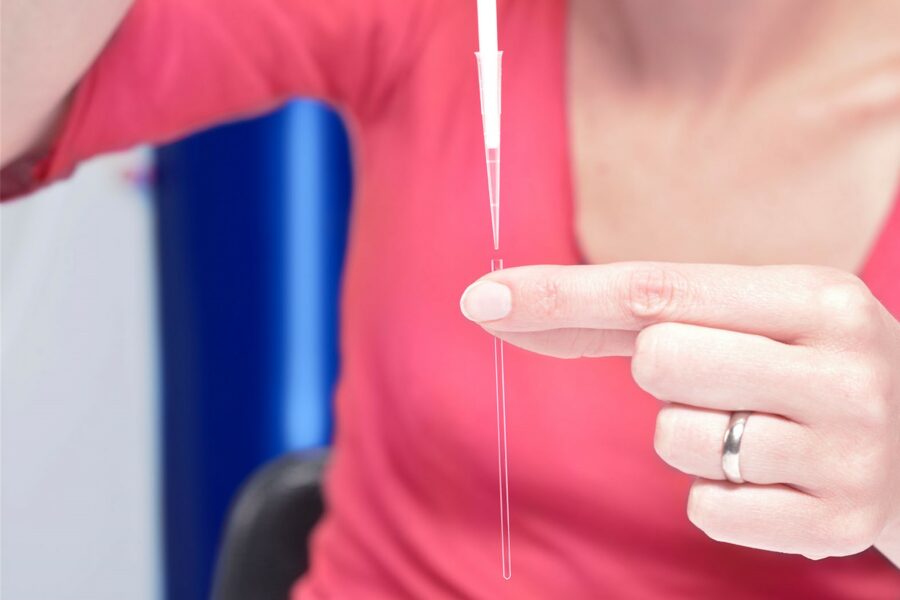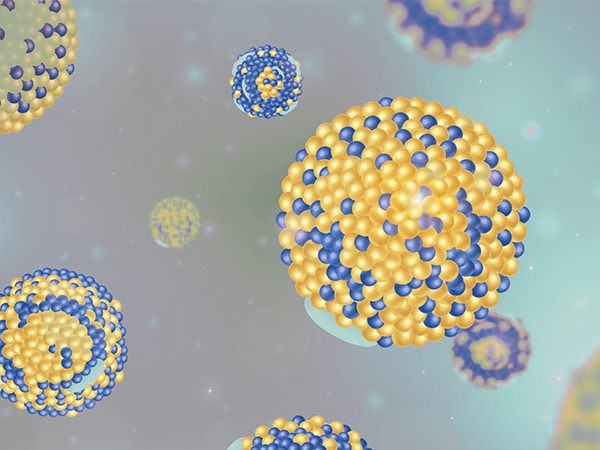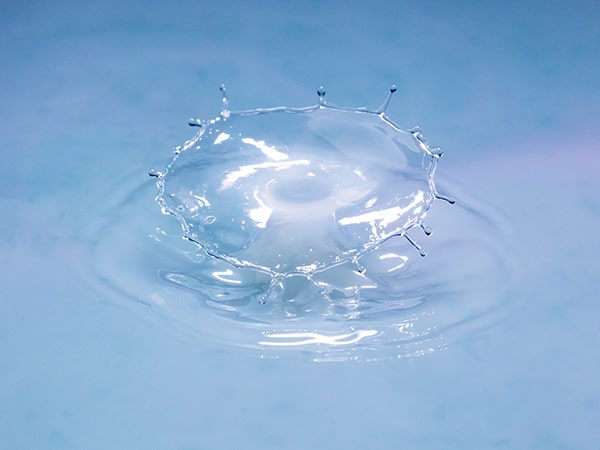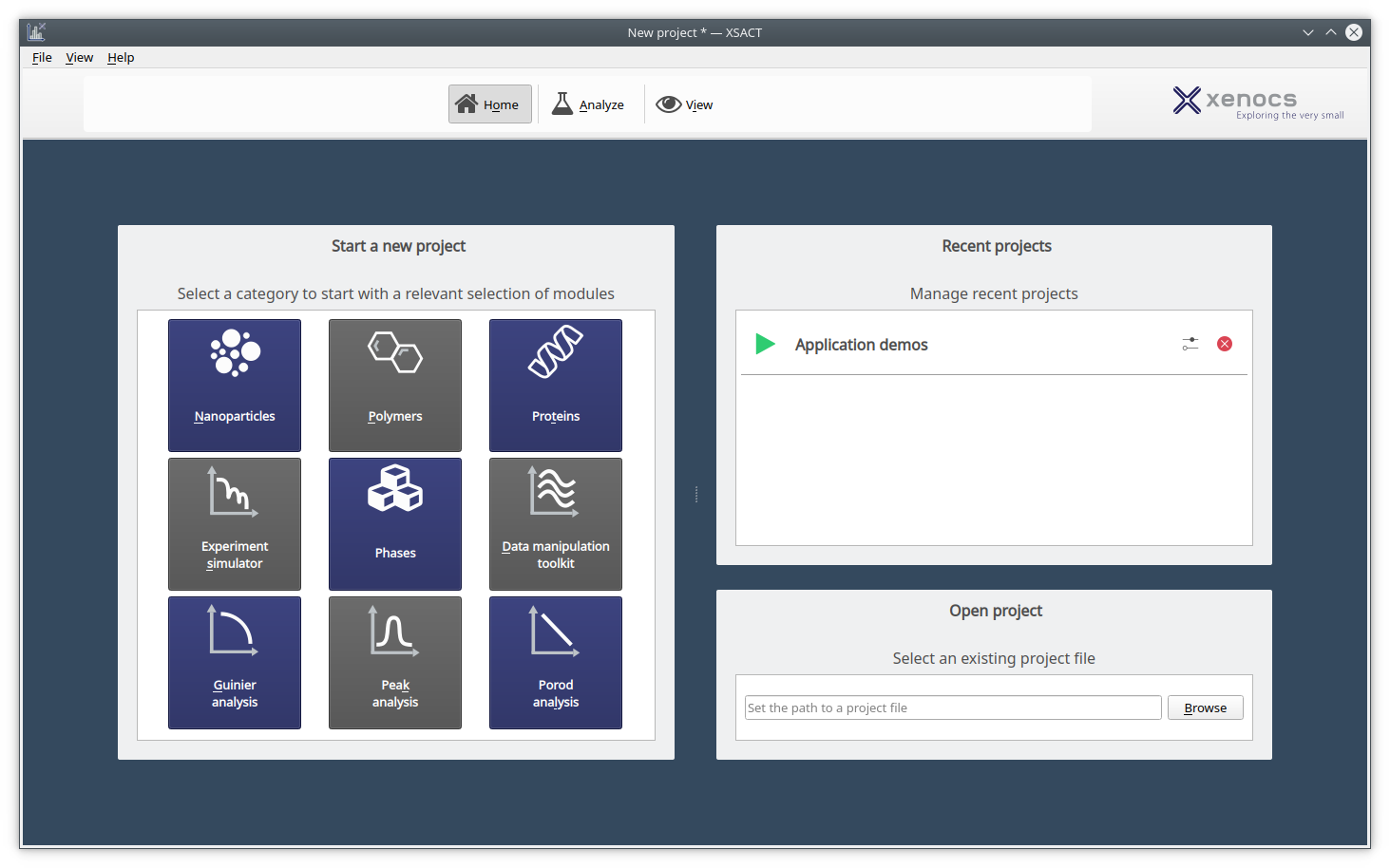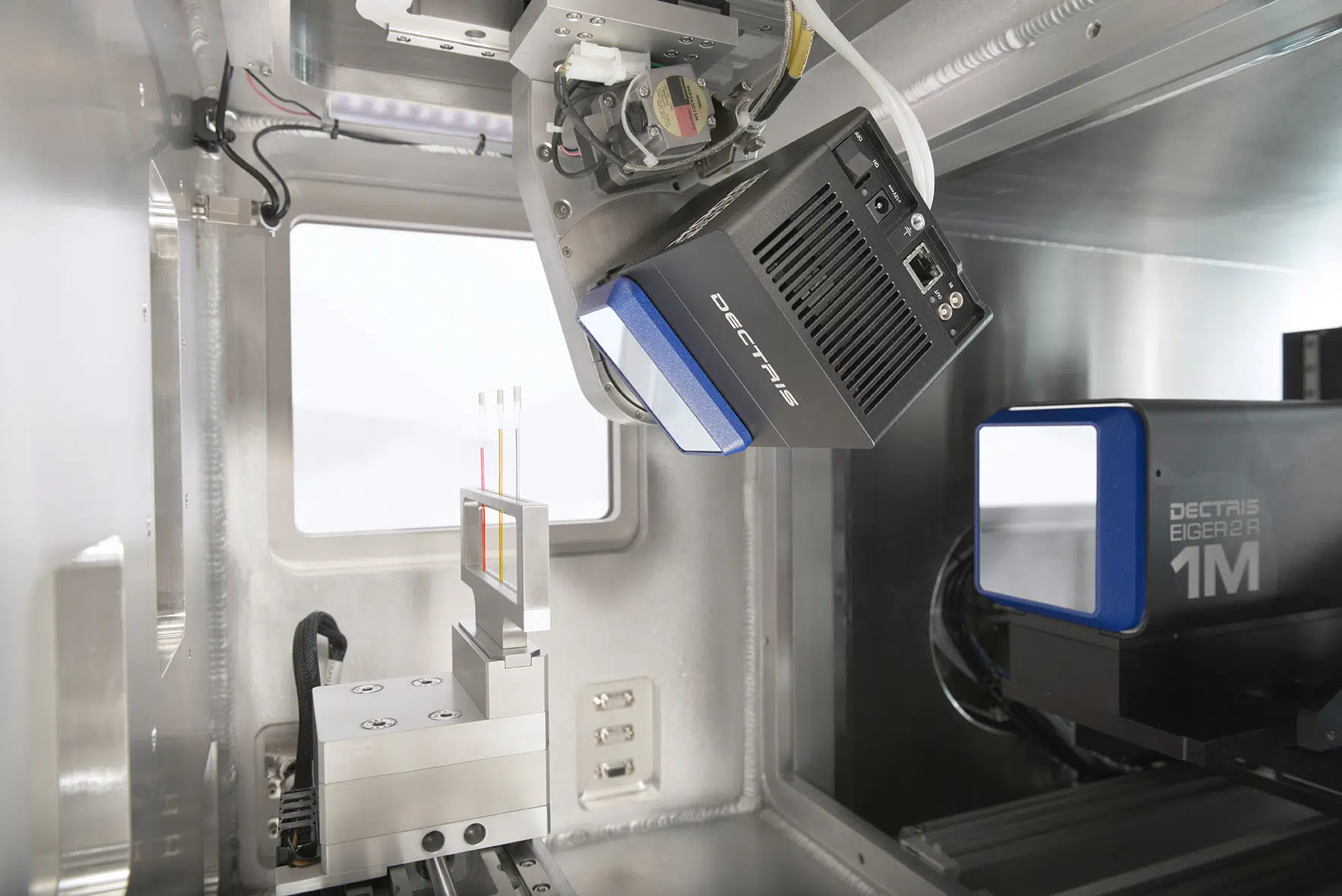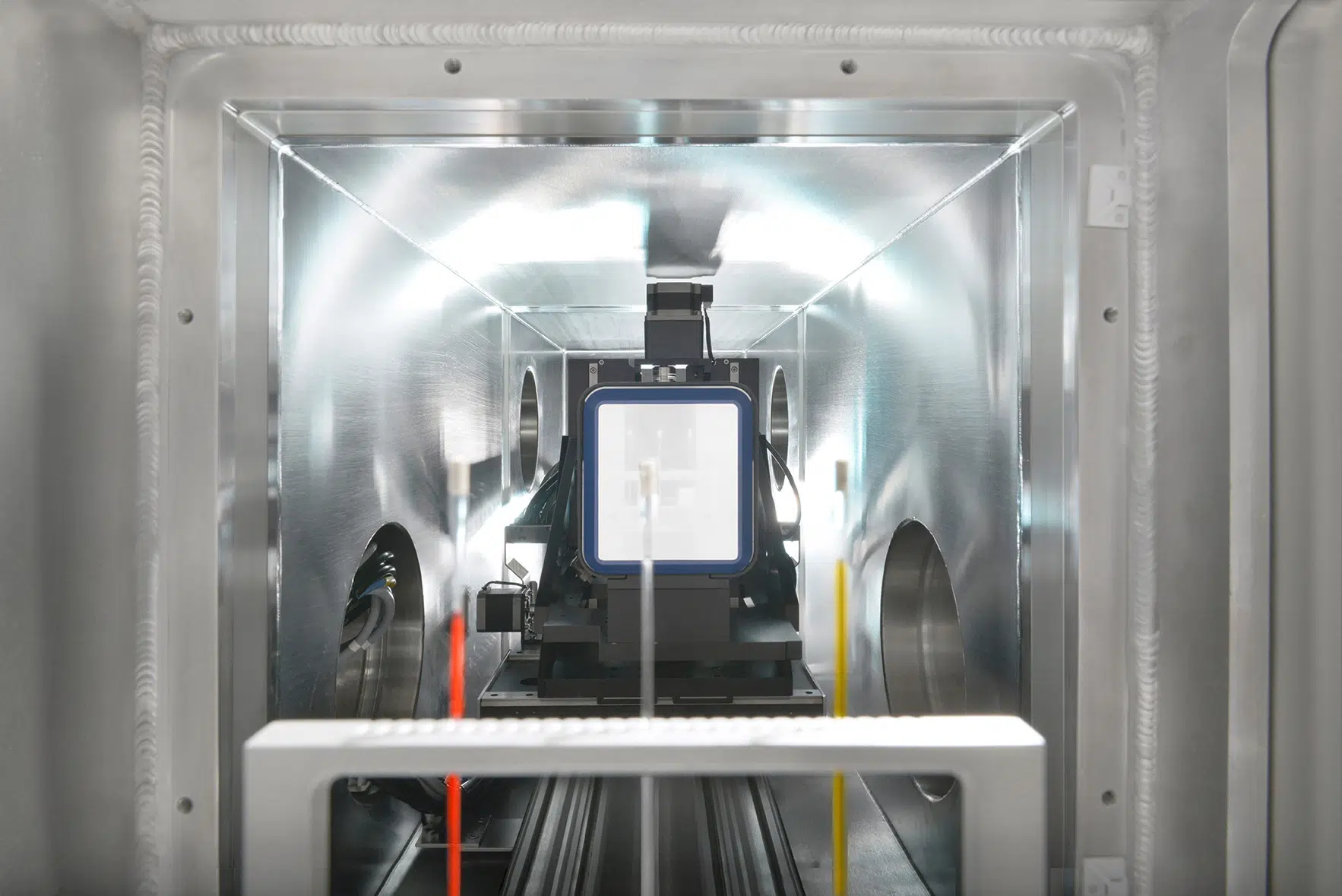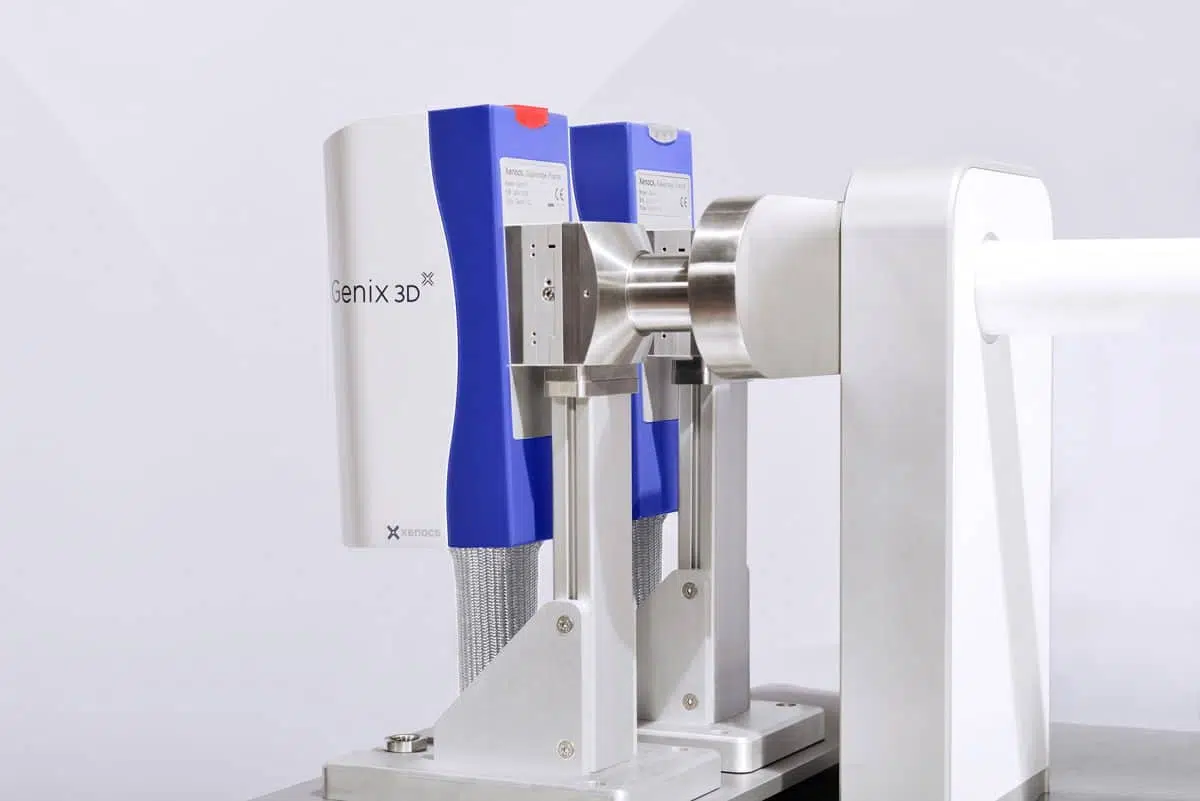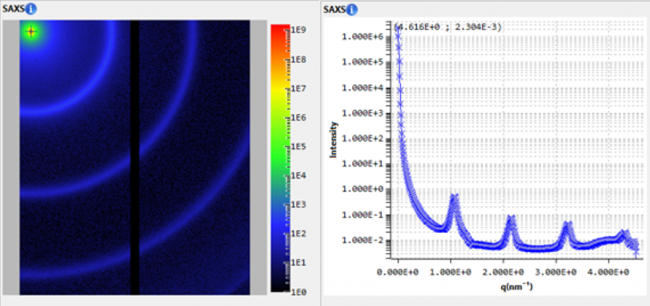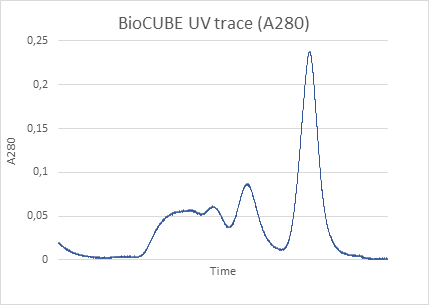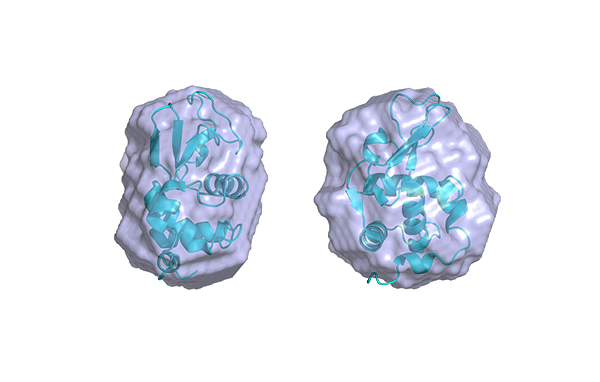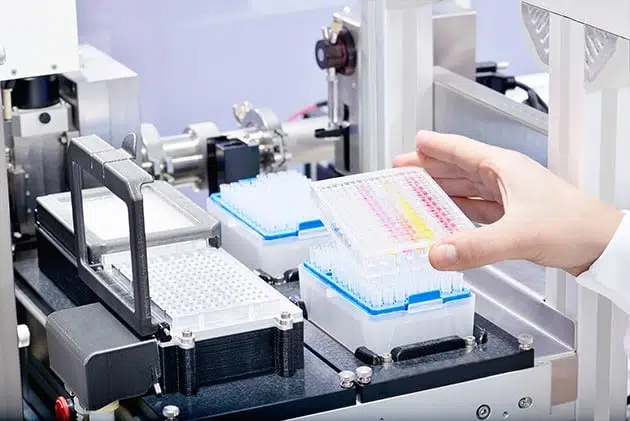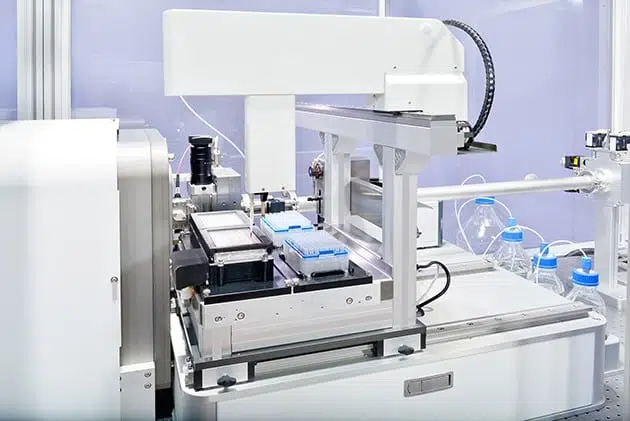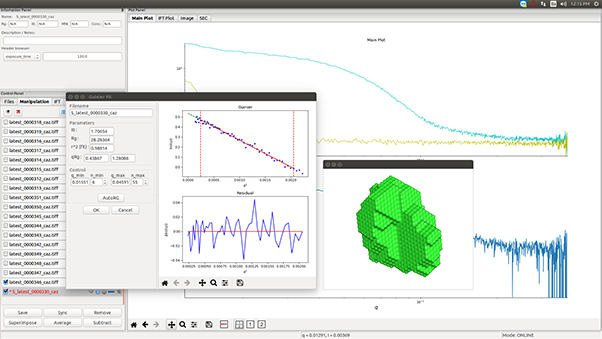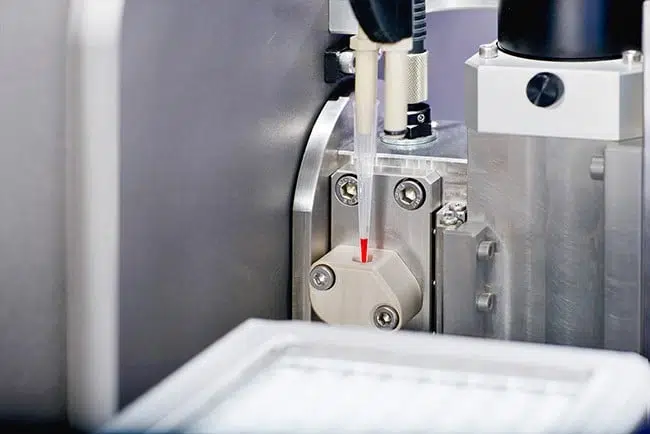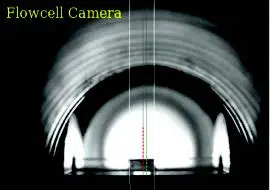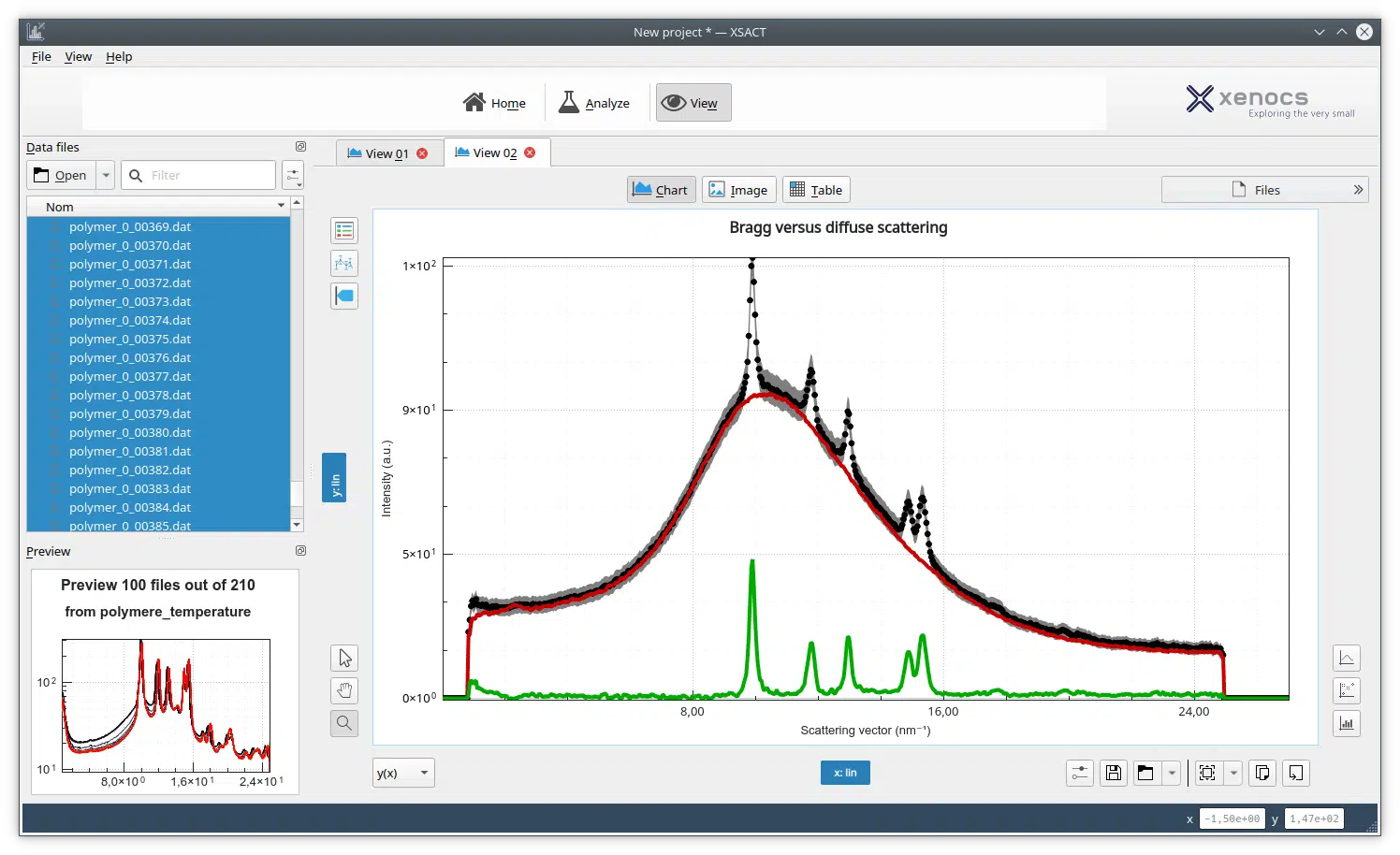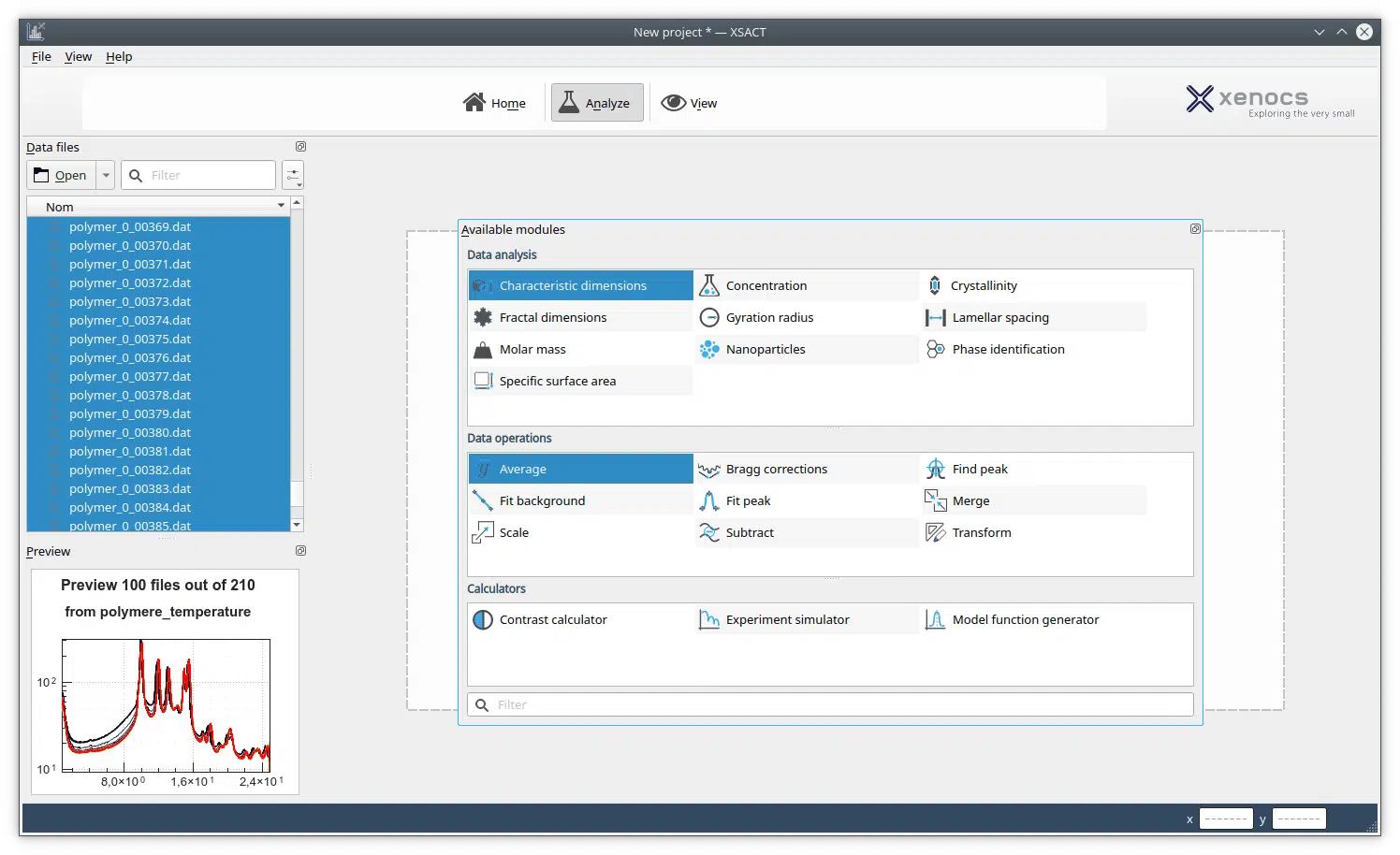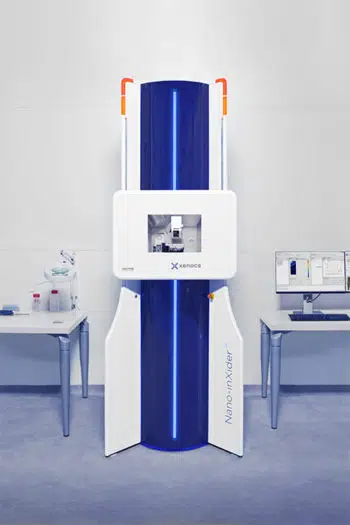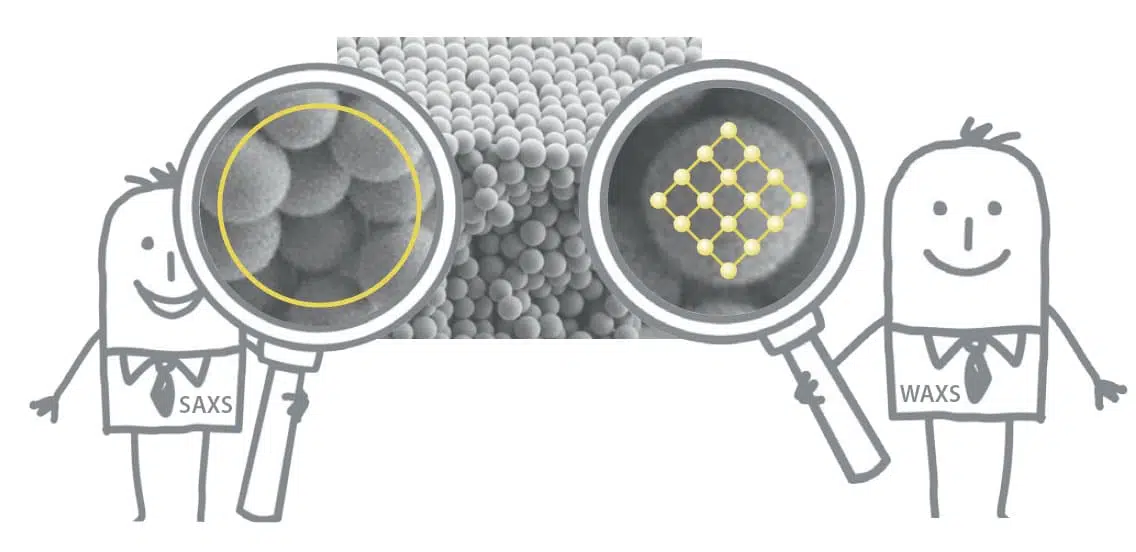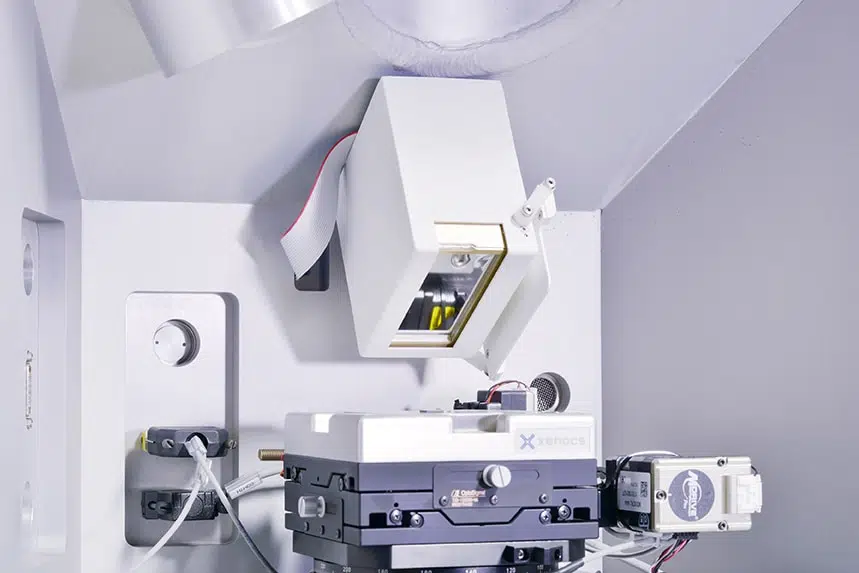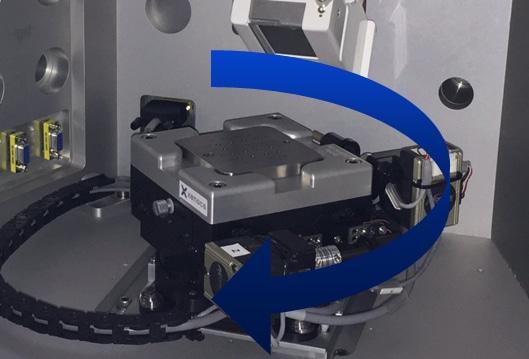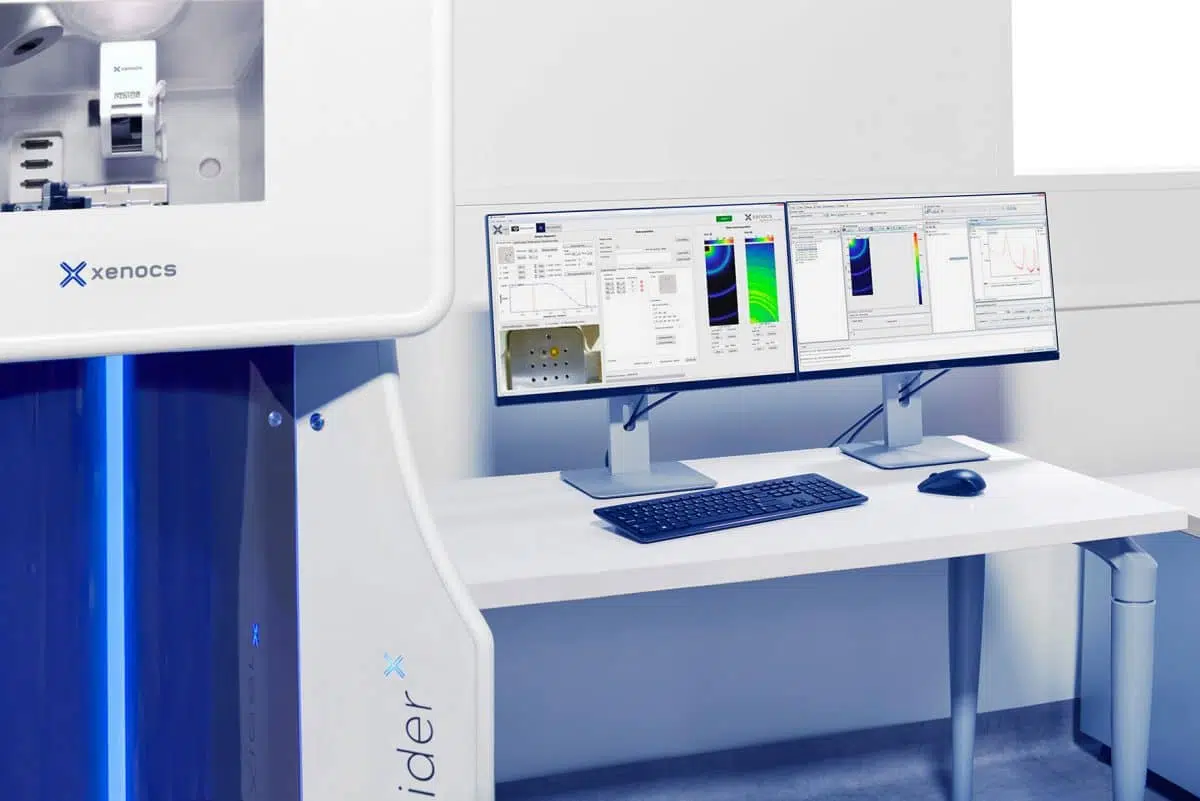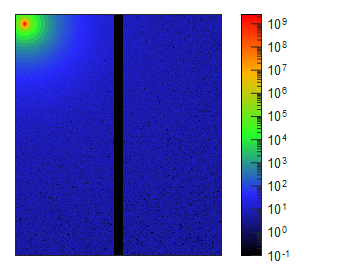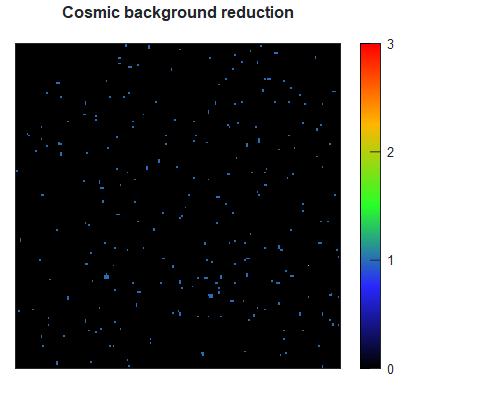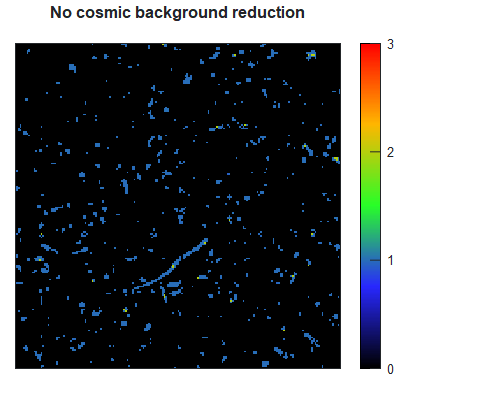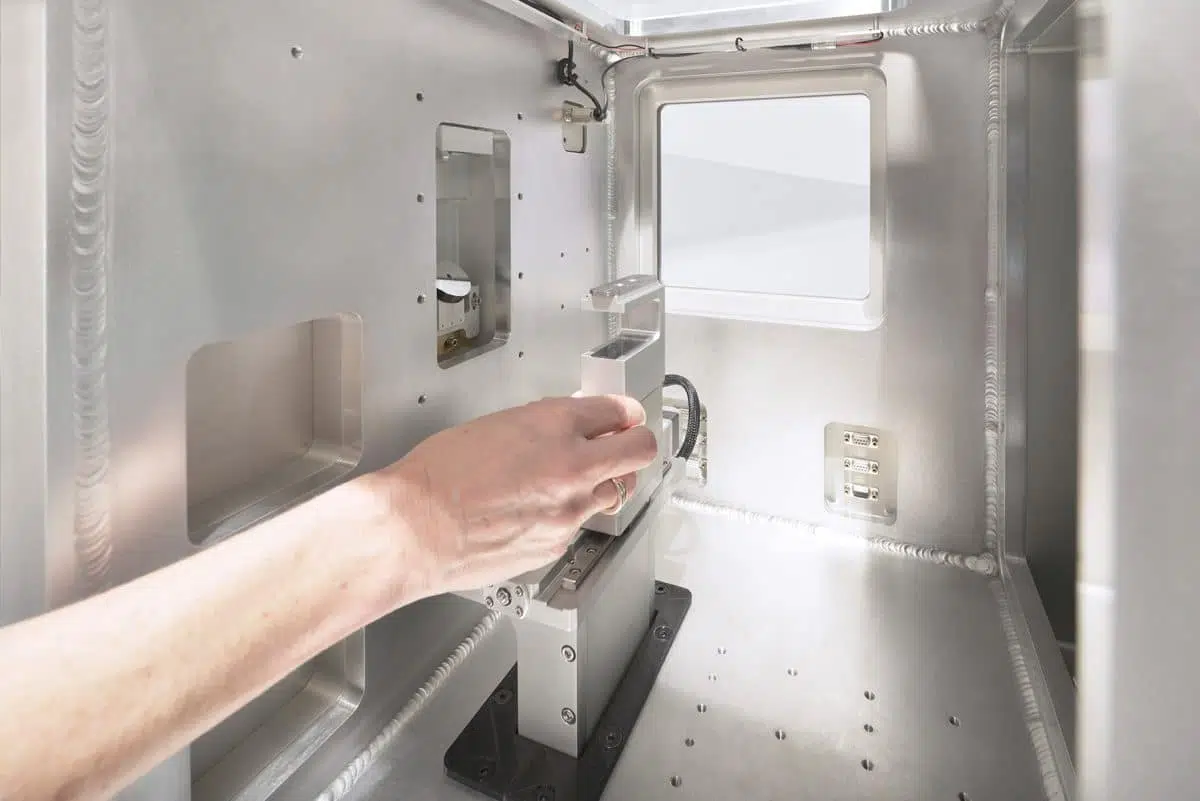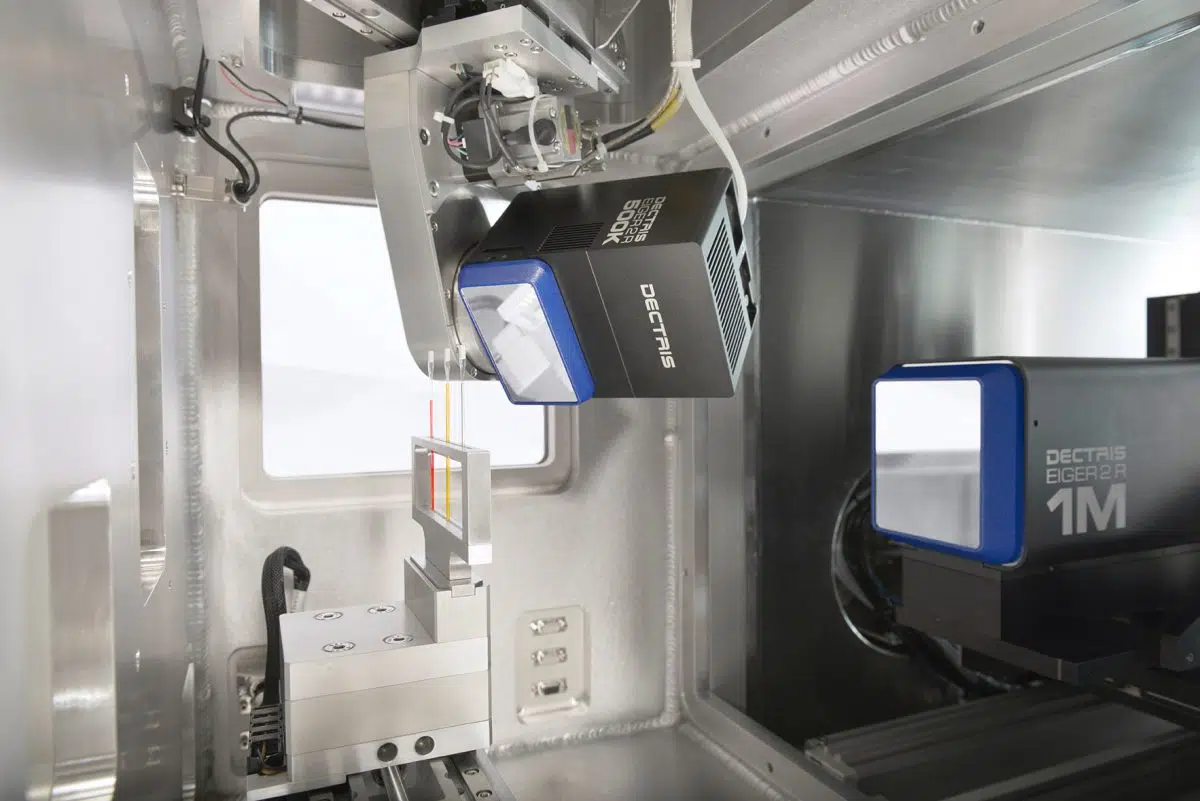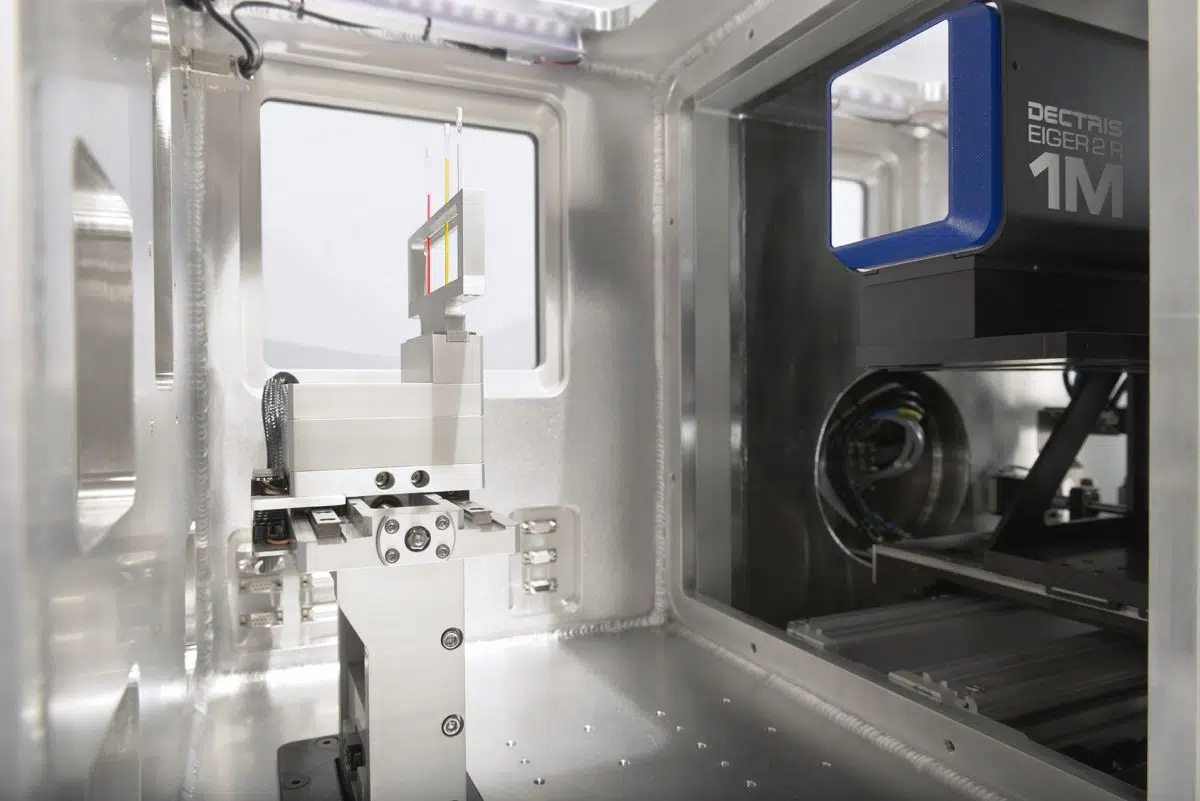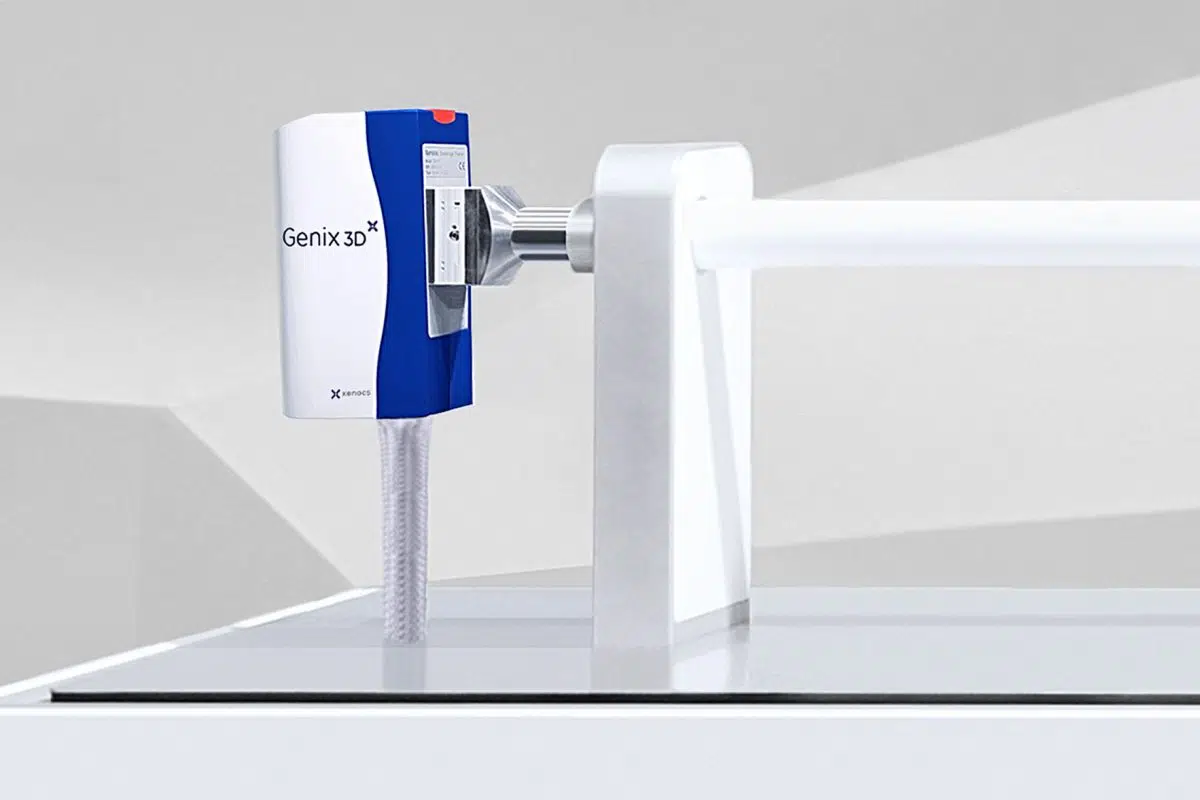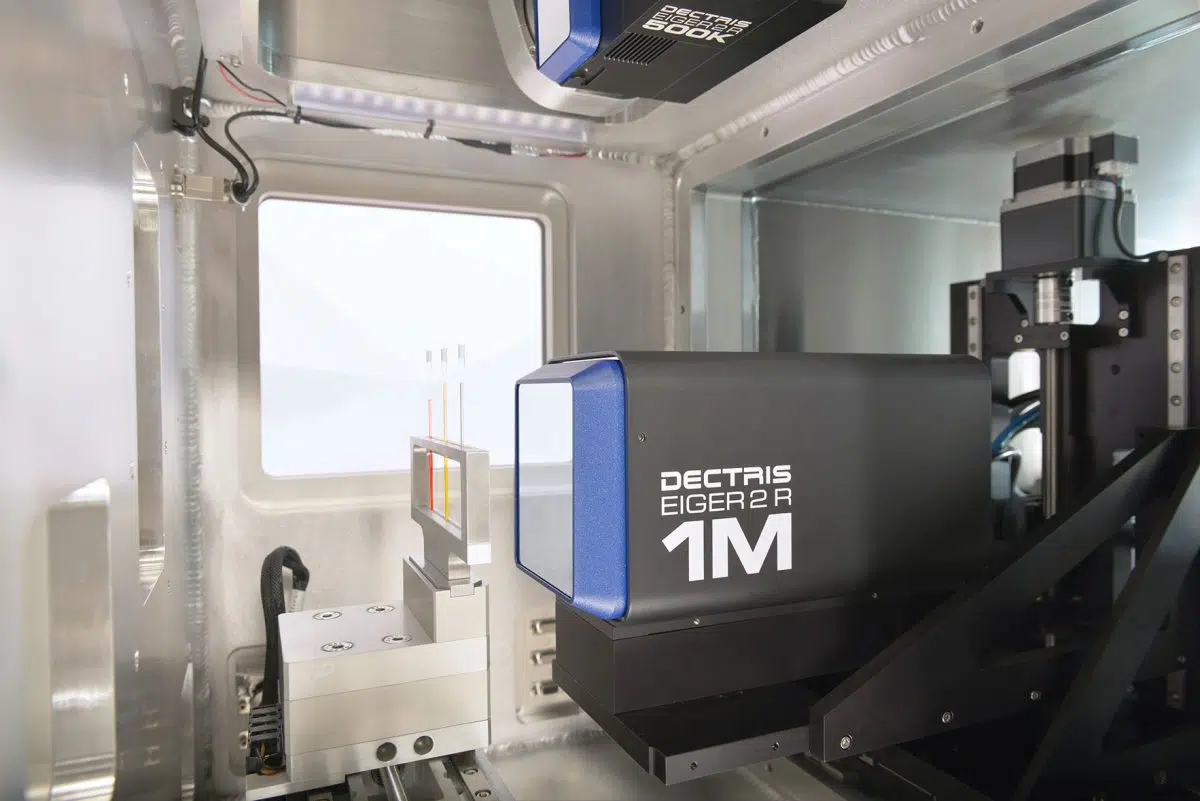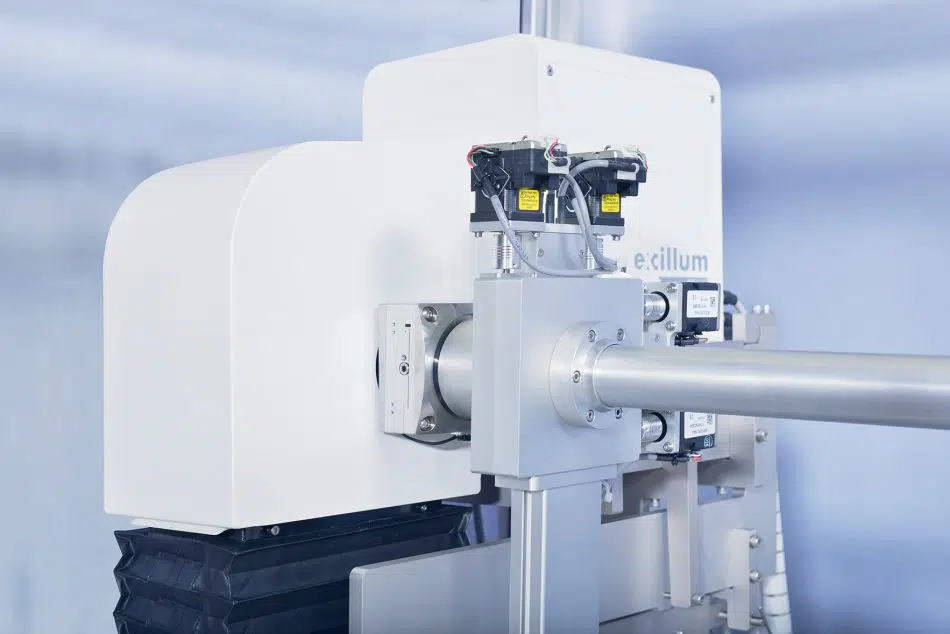Phase diagram of lipid nanoparticles obtained with SAXS
Lipid Nanoparticles (LNPs) have attracted considerable attention as promising drug carriers due to their biocompatibility and ability to encapsulate...
SAXS Workshop – SAIF/CRNTS, IIT Bombay
Xenocs is pleased to be part of the upcoming workshop on “Small Angle X-Ray Scattering for Colloids, Polymers and Biological Systems”.
Laboratory vs Synchrotron SAXS: when to choose one or the other?
Laboratory SAXS instruments have seen great advances in recent years making them increasingly versatile.
China – Announcement of Winners for The First SAXS Prize
In a remarkable display of talent and enthusiasm, the first SAXS Prize organized in China by Xenocs and the Chinese Crystallographic Society SAXS committees, recently concluded...
6 sample pitfalls to look out for when preparing for SAXS experiments
In this article, we will discuss six common sample pitfalls that any researcher should look out for when preparing for SAXS experiments.
SAXS as a tool to study Lipid Nanoparticles
Lipid nanoparticles (LNPs) are one of the most exciting technologies in the drug delivery world. Previously used to study lipid nanoparticles and lipoplexes, small angle X-ray scattering (SAXS) has proven to be an excellent technique for characterizing the structure of LNPs.
Cellulose nanocrystals under shear studied by SAXS
The structural evolution of cellulose nanocrystals under shear is monitored using two different SAXS set-ups In the last two decades, bio-based nanomaterials have attracted increasing research interest for applications in a multitude of industrial sectors. Moreover, with soaring oil prices and the rising consumer appeal toward sustainable products, market growth…
Shear alignment of Pluronic block copolymers
The structural evolution of P123 Pluronics was monitored and analyzed through shearSAXS measurements performed with the Xenocs Couette stage Poloxamers, also known under commercial names as Pluronics®, Synperonics® or Kolliphor® are a class of synthetic triblock copolymers that are composed of polyethylene oxide (PEO) and polypropylene oxide (PPO) blocks. They…

